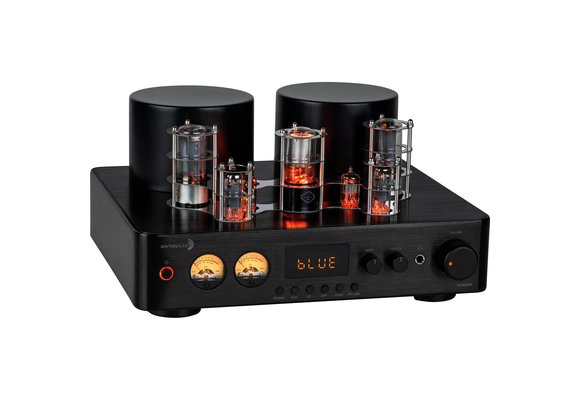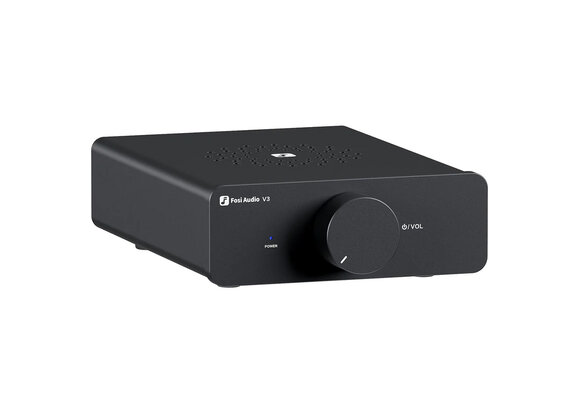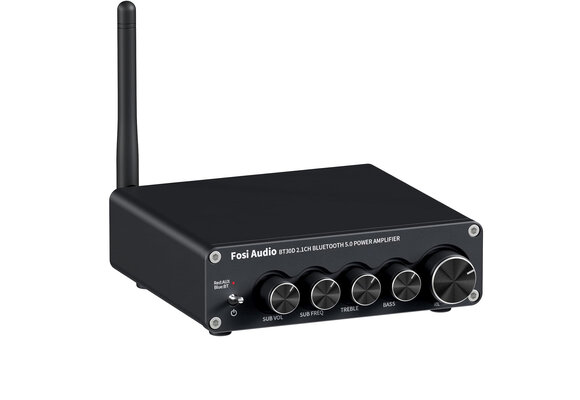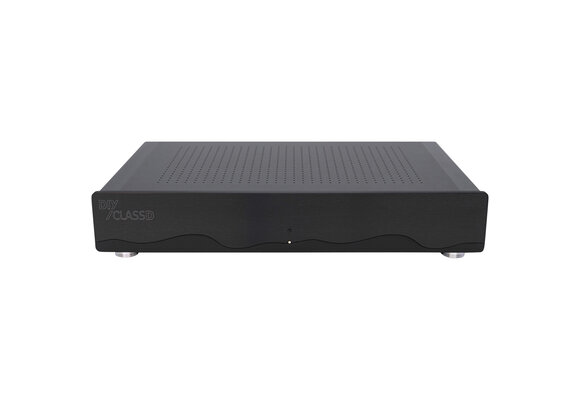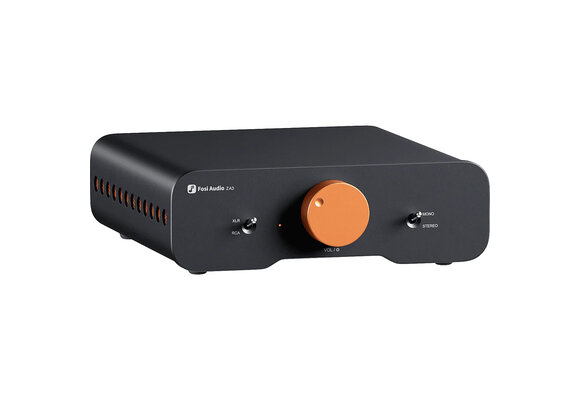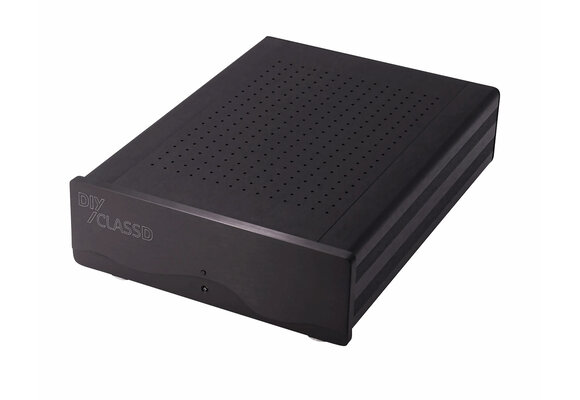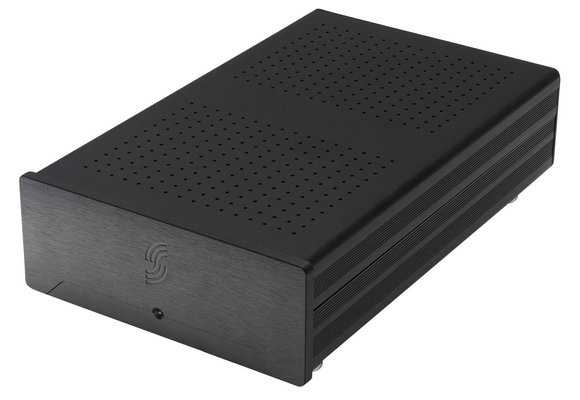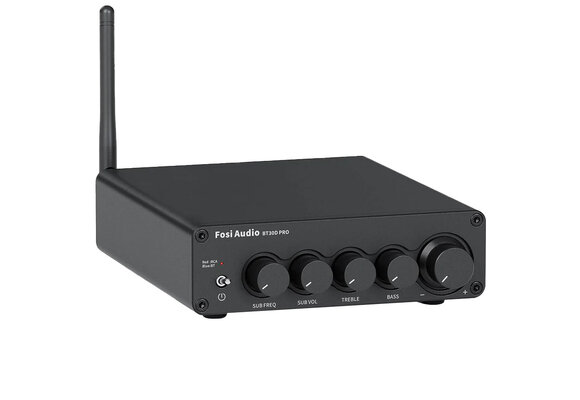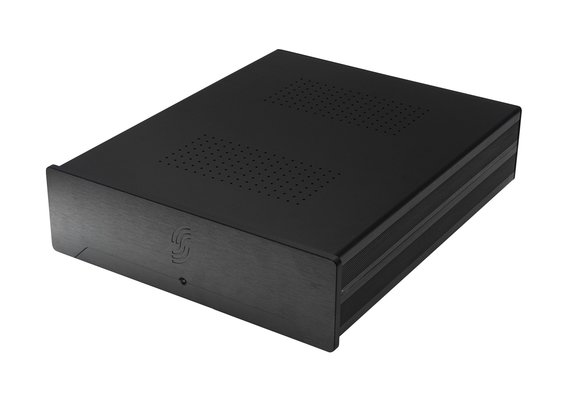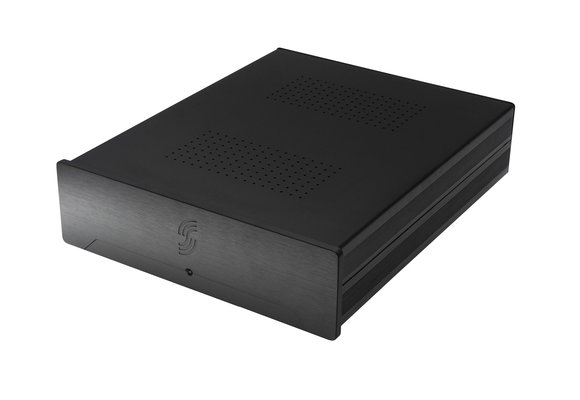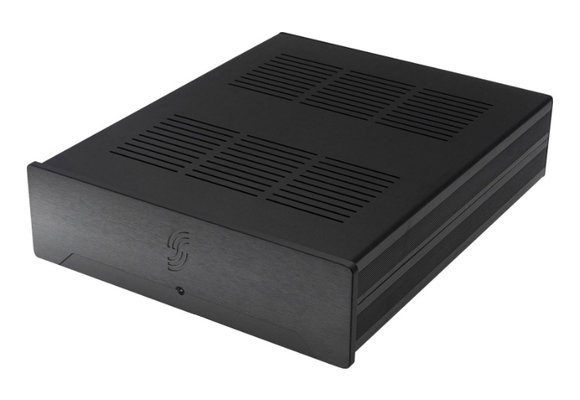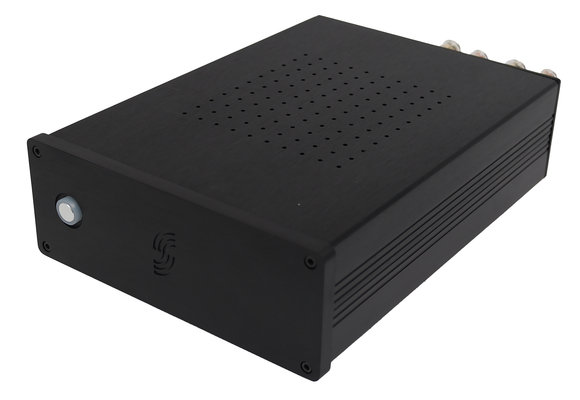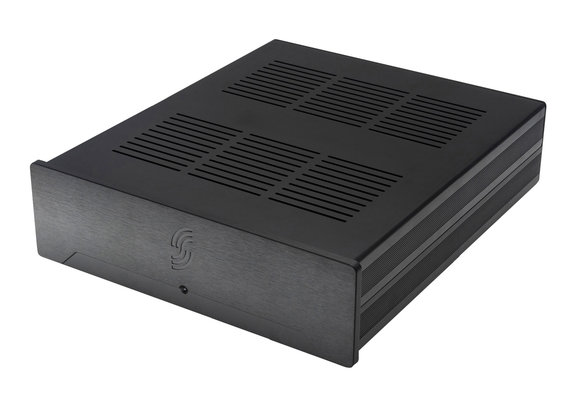Home Audio Power Amplifiers "What is a power amplifier?"
An audio power amplifier can be the final link in your audio system and ensures that your speaker works optimally and delivers the best sound. A power amplifier can amplify the (line) signals produced, for example, by your preamp or DAC. These signals are often not strong enough to be used by a speaker directly. By amplifying these signals, a power amplifier ensures that your speakers can reproduce the sound as accurately as possible.
We offer multiple brands of power amplifiers, including our own brand SoundImpress with technologies from Hypex, IcePower, and Purifi, so that you can choose the power amplifier that best suits your system.
Applications of Power Amplifiers
A power amplifier can be used in a wide range of systems and could be considered the final stage in your system after your speaker. The application of a power amplifier will always be the same, namely, amplifying the signals, yet which power amplifier best suits you can differ depending on your system. Below we have outlined some differences in power amplifiers which you could consider when looking for a power amplifier.
Differences in Number of Channels per Power Amplifier
Among other things power amplifiers can be distinguished based on the number of channels. The number of channels that might best fit your system depends largely on the application you have in mind. Our power amplifiers can be divided into 1-channel power amplifiers, 2-channel power amplifiers, or 4-channel power amplifiers.
1-Channel Power Amplifier
1-channel power amplifiers, also known as mono power amplifiers, have one channel to drive speakers. This means you can connect one speaker group to this power amplifier. When you have a stereo system, you could use two of these power amplifiers to drive your system, this can be useful when you prefer more power per speaker group.
2-Channel Power Amplifier
2-channel power amplifiers, also known as stereo amplifiers, have two channels to drive speakers. These amplifiers can drive up to two speaker groups. When you have a speaker system consisting of two groups, a stereo power amplifier can be a simple, single solution to drive your system.
4-Channel Power Amplifier
4-channel power amplifiers, also known as quad power amplifiers, have four channels, which can drive four speaker groups. When using more extensive systems with multiple speakers, this could be a convenient option to connect all your speakers to one amplifier. Another commonly used application for these power amplifiers is driving a stereo system. With the help of the four channels of these amplifiers, you would be able to drive the high and low tones separately. This can be done, for example, by connecting a DSP to the amplifier or by connecting the amplifier directly to the speakers.
Which Power Amplifier Suits Your System?
Which amplifier is best used for your needs? And which points are useful to include in your consideration when buying an amplifier? There are generally three points worth considering: power, impedance, and headroom.
Power of Your Power Amplifier
Power often has a prominent place in the description of many power amplifiers, but how can you know how much power would fit your system? A rule of thumb you could use is that the power of the channel of the power amplifier should be at least 1.5 times larger than the power of the speaker that you connect to this channel. It is important here to pay attention to the average power that the power amplifier can deliver (also known as RMS). According to this rule, if you have a speaker with a power of 100 watts, for example, you should choose a power amplifier with an output of at least 150 watts RMS for that channel.
Impedance of your power amplifier
In addition to power, impedance (resistance) is also an important factor to consider. It is recommended to keep the impedance of the power amplifier equal to the impedance of the speakers. On the product page of our power amplifiers, the product details indicate how much impedance they can handle.
When determining impedance, it is important to consider whether your setup is in series or parallel circuit. In a series circuit, you add up the impedance of each speaker to arrive at the total impedance that your amplifier should be able to handle. In a parallel circuit, you divide the impedance by the number of speakers to arrive at the impedance your power amplifier should be able to handle.
For example, if you have a series circuit with three speakers, each with an impedance of 6 ohms, it is recommended to connect a power amplifier with an impedance of 3 x 6 ohms = 18 ohms. If you have the same speakers but connect them in a parallel configuration, it is recommended to connect a power amplifier with an impedance of 6/3 = 2 ohms.
Headroom
In addition, you could take the amount of headroom into consideration. Headroom is the amount of space that you still have in your system before distortions may occur. For example, if you have a speaker rated for 200 watts and a power amplifier rated for 400 watts, you have a headroom of 200 watts, which could be seen as the margin in your system. This gives your system room to have some peaks without any distortion.
In addition to these three factors and your personal preference, which power amplifier suits your system best also depends on how many channels you need, as mentioned under types of power amplifiers. For more inspiration, you can also check out our blog on SoundImpress power amplifiers.
Additions to your power amplifier
Not only the power amplifier, but all components of your system together determine the quality of sound it produces. In addition to the best power amplifier, you also are going to want the best preamplifier, DAC and, of course, speakers so that you can fully enjoy the sound experience. On our website, in addition to these products, you will also find blogs for more inspiration and DIY kits that you can use to put together your own system.

 Home audio
Home audio  Audio components
Audio components  Crossover components
Crossover components  Test & measurement
Test & measurement  DIY kits
DIY kits  Accessories
Accessories  New products
New products  SALE
SALE  Home audio
Home audio  Audio components
Audio components  Crossover components
Crossover components  Test & measurement
Test & measurement  DIY kits
DIY kits  Accessories
Accessories  New products
New products  SALE
SALE  Speakers
Speakers Amplifiers
Amplifiers DAC converters
DAC converters DSP modules
DSP modules Streamers
Streamers Turntables
Turntables Woofers
Woofers Tweeters
Tweeters Exciters
Exciters Bass shakers
Bass shakers Plate amplifiers
Plate amplifiers Amplifier modules
Amplifier modules Assembled crossovers
Assembled crossovers Printed Circuit Boards (PCB)
Printed Circuit Boards (PCB) Capacitors
Capacitors Resistors
Resistors Coils
Coils Circuit Breakers
Circuit Breakers Screw terminals
Screw terminals Acoustic measurements
Acoustic measurements Electric measurements
Electric measurements Sound level meters
Sound level meters DIY amplifier kits
DIY amplifier kits DIY component packs
DIY component packs DIY speaker kit
DIY speaker kit DIY subwoofer kits
DIY subwoofer kits DIY bluetooth speaker
DIY bluetooth speaker DIY electronics kits
DIY electronics kits Binding posts
Binding posts Cabinet Hardware
Cabinet Hardware Cables
Cables Connectors
Connectors Speaker cabinets
Speaker cabinets Electromechanics
Electromechanics Power supplies
Power supplies Speaker repair
Speaker repair Workshop & tools
Workshop & tools Amplifier accessories
Amplifier accessories Stands & mounts
Stands & mounts Gift voucher
Gift voucher Books
Books New products
New products Deals under € 100
Deals under € 100  Deals from € 100
Deals from € 100









 Speakers
Speakers Amplifiers
Amplifiers DAC converters
DAC converters DSP modules
DSP modules Streamers
Streamers Turntables
Turntables Woofers
Woofers Tweeters
Tweeters Exciters
Exciters Bass shakers
Bass shakers Plate amplifiers
Plate amplifiers Amplifier modules
Amplifier modules Assembled crossovers
Assembled crossovers Printed Circuit Boards (PCB)
Printed Circuit Boards (PCB) Capacitors
Capacitors Resistors
Resistors Coils
Coils Circuit Breakers
Circuit Breakers Screw terminals
Screw terminals Acoustic measurements
Acoustic measurements Electric measurements
Electric measurements Sound level meters
Sound level meters DIY amplifier kits
DIY amplifier kits DIY component packs
DIY component packs DIY speaker kit
DIY speaker kit DIY subwoofer kits
DIY subwoofer kits DIY bluetooth speaker
DIY bluetooth speaker DIY electronics kits
DIY electronics kits Binding posts
Binding posts Cabinet Hardware
Cabinet Hardware Cables
Cables Connectors
Connectors Speaker cabinets
Speaker cabinets Electromechanics
Electromechanics Power supplies
Power supplies Speaker repair
Speaker repair Workshop & tools
Workshop & tools Amplifier accessories
Amplifier accessories Stands & mounts
Stands & mounts Gift voucher
Gift voucher Books
Books New products
New products Deals under € 100
Deals under € 100  Deals from € 100
Deals from € 100 Dayton Audio exciters
Dayton Audio exciters